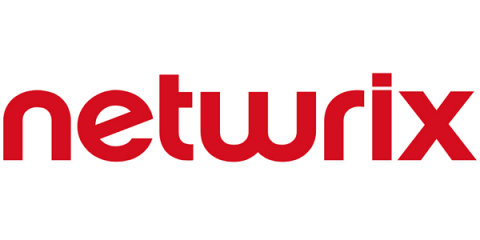Three Open Source Software Security Myths Dispelled
Used by developers around the world, open source components comprise 60%-80% (and likely more) of the codebase in modern applications. Open source components speed the development of proprietary applications, save money, and help organizations stay on the cutting edge of technology development. Despite the widespread adoption of open source components, myths persist about its usage. The following are the top three concerns associated with open source use.











